1. Talking to Strangers in Line

In many parts of the U.S., striking up a conversation while waiting in line is totally normal. Whether it’s small talk at the grocery store or chatting with someone at the post office, Americans often feel comfortable sharing a few pleasantries with complete strangers.
But for visitors from countries where personal space and privacy are paramount, this behavior can seem downright bizarre. Some tourists aren’t quite sure if they’re being hit on, interrogated, or just welcomed with open arms. It’s not a ritual, just part of the American friendliness—especially in the South and Midwest. Smiling at strangers is often seen as polite, not suspicious. If you answer a question about the weather, you might suddenly find yourself hearing someone’s entire family history.
2. Celebrating Groundhog Day
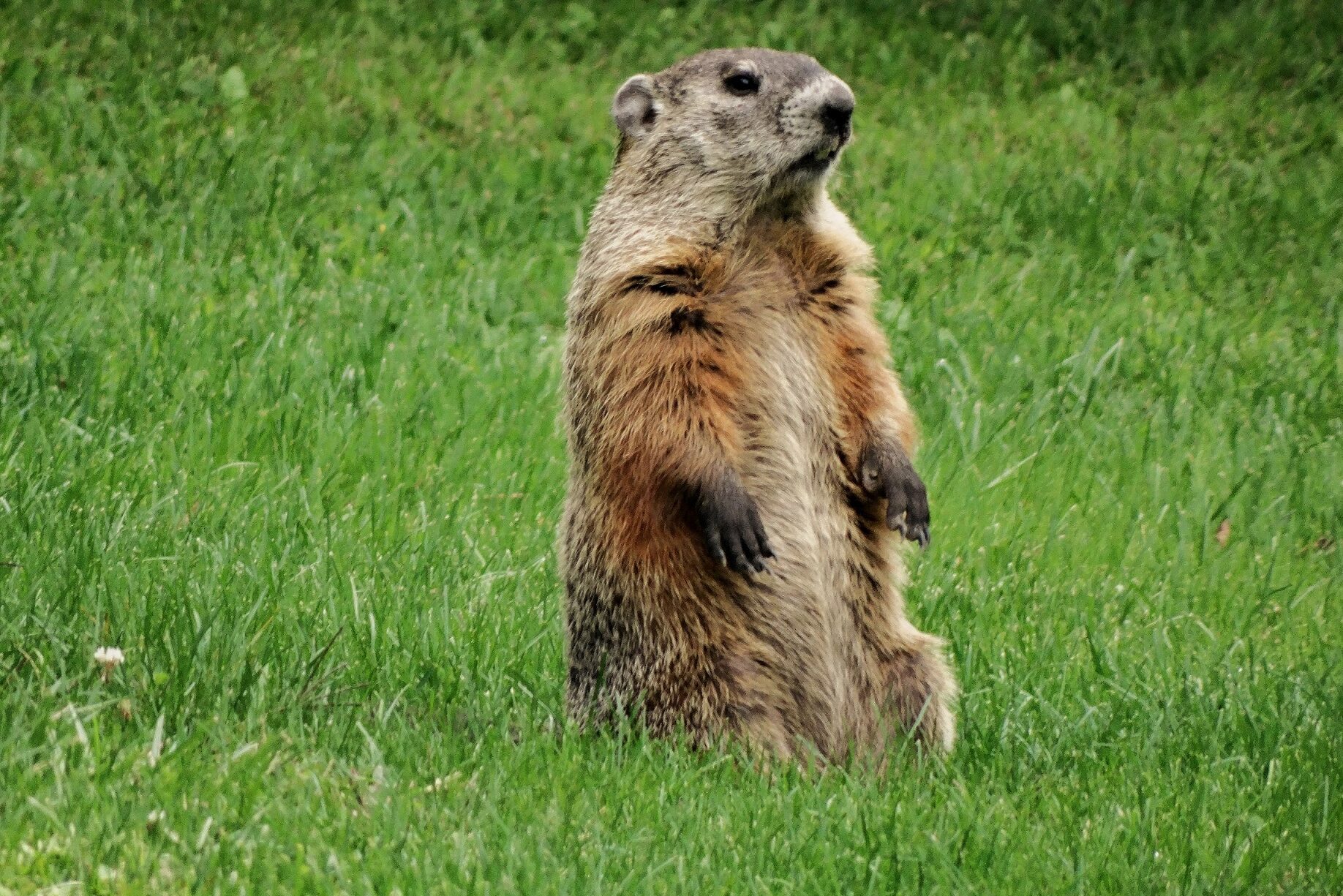
Every February 2, Americans gather around a groundhog named Punxsutawney Phil to see if he sees his shadow. If he does, it means six more weeks of winter, and if not, spring is supposedly on its way.
To many tourists, this feels like something out of a folktale or fantasy movie. The idea of weather predictions being handed down by a sleepy rodent wearing a top hat leaves people blinking in confusion. But for Americans, especially in Pennsylvania, it’s a beloved slice of quirky tradition. Even if no one really believes it, it’s fun, it’s festive, and it’s on the calendar every year like clockwork.
3. Excessive High School Spirit
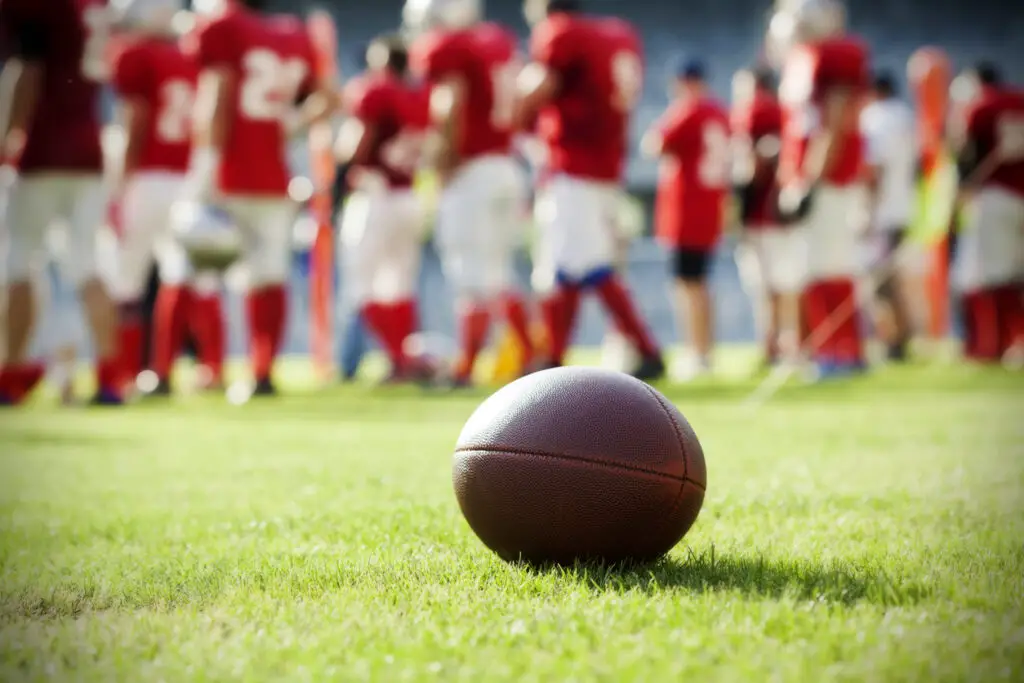
In the U.S., teenagers wearing matching letterman jackets and painting their faces for pep rallies is just part of growing up. Entire towns sometimes show up for Friday night football games, complete with cheerleaders, marching bands, and tailgate parties.
Tourists often find this devotion to school sports completely baffling. In many countries, high school is where you study, not where you build your entire social identity. But here, it’s a big deal. There are homecoming dances, mascots, and even entire parades to celebrate high school teams. It’s not a cult—it’s just how American communities bond, often starting when kids are barely old enough to tie their shoes.
4. Turning Everything Into a Competition

From pie-eating contests at county fairs to chili cook-offs, Americans love to turn ordinary things into something to win. Even things like spelling or hotdog eating get their moment in the spotlight, often with trophies and local news coverage.
Tourists sometimes stumble into these events thinking they’re a casual festival, only to find themselves watching someone dunk their face in whipped cream at lightning speed. What seems like an eccentric ritual is usually just community fun with a competitive twist. Americans find joy in proving who makes the best barbecue or who can hula hoop the longest. And no, you don’t have to win anything to be part of the fun—but someone will definitely try.
5. Pledging Allegiance at School
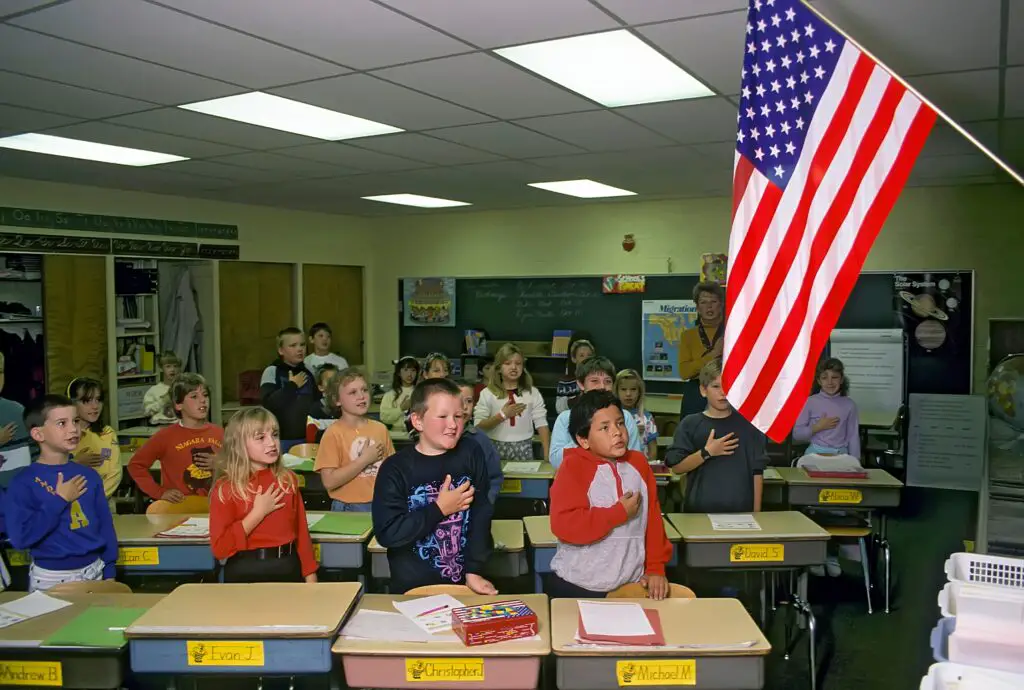
Many American students begin their school day by standing, placing their hand over their heart, and reciting the Pledge of Allegiance. To U.S. kids, it’s just part of the morning routine—like attendance or morning announcements.
But tourists, especially those visiting schools as exchange students or observers, sometimes find the ceremony a little intense. It can feel overly patriotic, especially when done in unison and facing a flag. In other countries, public displays of nationalism are reserved for special events or holidays. Here, it’s a daily habit passed down through generations. Most kids don’t even think about the words—they’re just repeating what they’ve always heard.
6. Wearing Red, White, and Blue on the Fourth of July

Come July 4th, Americans break out the stars and stripes like it’s a uniform. You’ll see flag-themed shorts, hats, dresses, and even temporary tattoos. Barbecues fire up in every backyard, and parades and fireworks cap off the night with full-blown fanfare.
To outsiders, it can look like a country caught in a wild costume party. But for Americans, this is a time to celebrate independence, enjoy a day off, and gather with family. It’s not about over-the-top patriotism for everyone—it’s about hot dogs, sparklers, and being together. The red, white, and blue just help set the tone, even if it’s worn with a bit of humor.
7. Throwing Huge Baby Showers
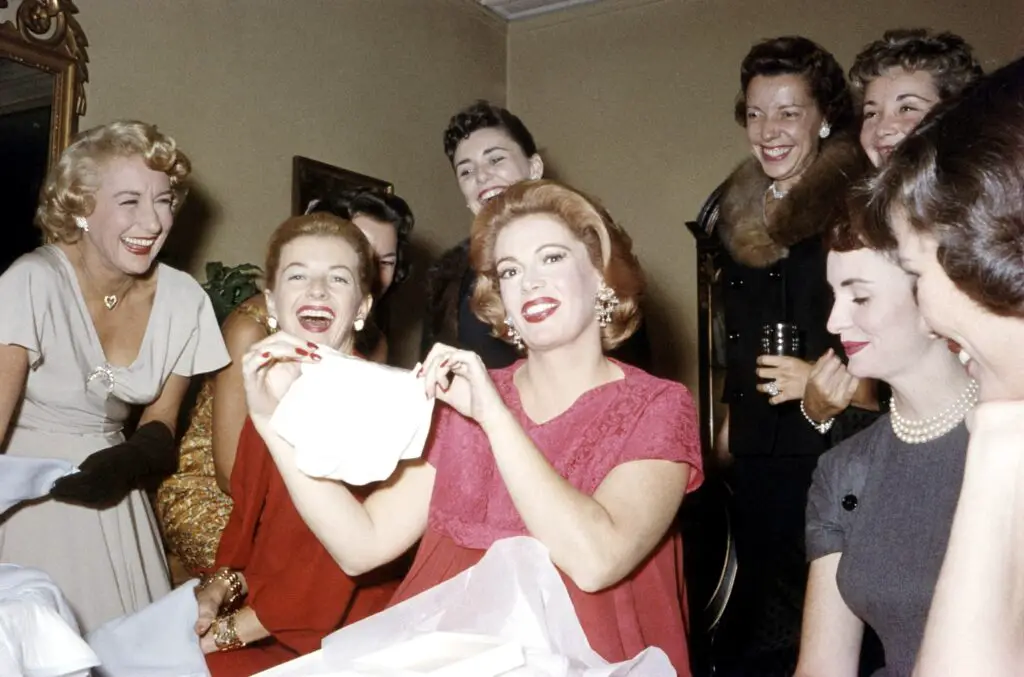
In the U.S., baby showers are practically a rite of passage. Friends and family gather to play games, eat cake, and “ooh” and “ahh” over baby clothes and diaper cakes. It’s all about celebrating the new mom and showering her with gifts before the baby arrives.
Tourists from countries where pregnancy is treated more quietly often find baby showers a little over-the-top. Some are surprised by the level of planning, the themed decorations, or the odd tradition of guessing how big the mom’s belly is. But for Americans, it’s a way to show love and support during a huge life transition. And yes, some people throw a “sprinkle” for the second baby, too.
8. Tipping for Just About Everything
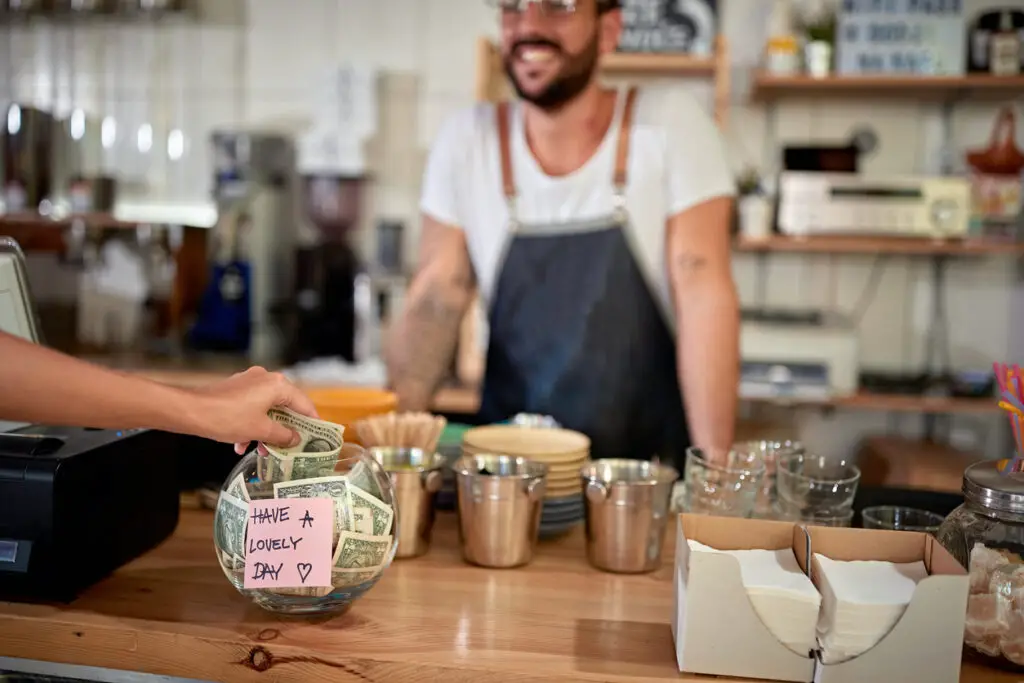
Tipping is deeply woven into American service culture. From restaurants to hair salons to food delivery, there’s often an unspoken expectation that you’ll leave 15 to 25 percent extra for good service.
For tourists, it can feel like an invisible tax they weren’t warned about. In many countries, tipping is minimal or included in the bill, so they’re often unsure when or how much to tip here. Americans, on the other hand, learn it early—it’s seen as a way to support service workers whose wages often depend on tips. It’s not a strange ritual, it’s just how the economy works for a huge part of the population, even if it’s confusing to navigate at first.
